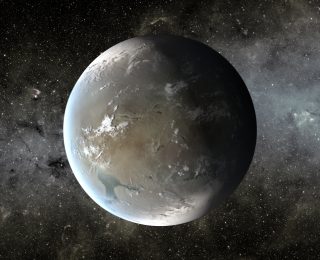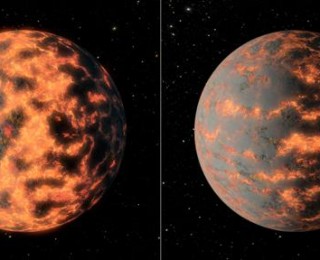
Beacons of Life
Observations of potential biosignatures on other worlds are slowly getting within reach. What kind of signal might be among the lowest-hanging fruit?

Observations of potential biosignatures on other worlds are slowly getting within reach. What kind of signal might be among the lowest-hanging fruit?

The study of exoplanet atmospheres is still a very new field that requires detection of tiny signals. Today’s bite is about a review article that looks back at occasionally illusory results and towards the future.

In a clear, cloud free atmosphere, the difference in transit radii between the line center and wing of sodium can be theoretically calculated. By measuring the actual difference in transit radii between the line center and wing (Δ Robs), the author constructs a dimensionless index (C) for the degree of cloudiness as the ratio of Δ R and Δ Robs. For an entirely cloud-free atmosphere, Δ R equals to Δ Robs hand C = 1. Very cloudy atmospheres have C Gt 1. This cloudiness index is independent of the spectral slope, with the caveat that it is limited to planets with sodium or potassium line detections.

Applying climate models to Kepler-62f throws light on what configurations might support habitability.

Of the more than 1500 exoplanets discovered over the past two decades, perhaps the most intriguing and unexpected have been the ultra-short period planets, worlds so close to their parent star that they complete an entire orbit in less than a day. Most are small, less than twice the radius of the Earth, and are so hot that their rocky crusts are being melted away. The debris could be used to investigate the composition of these mysterious worlds, but most of them are too small for our current instruments to observe in detail.

An international team of astronomers have used data from NASA’s Kepler and Spitzer space telescopes to create the first map of clouds on an exoplanet.